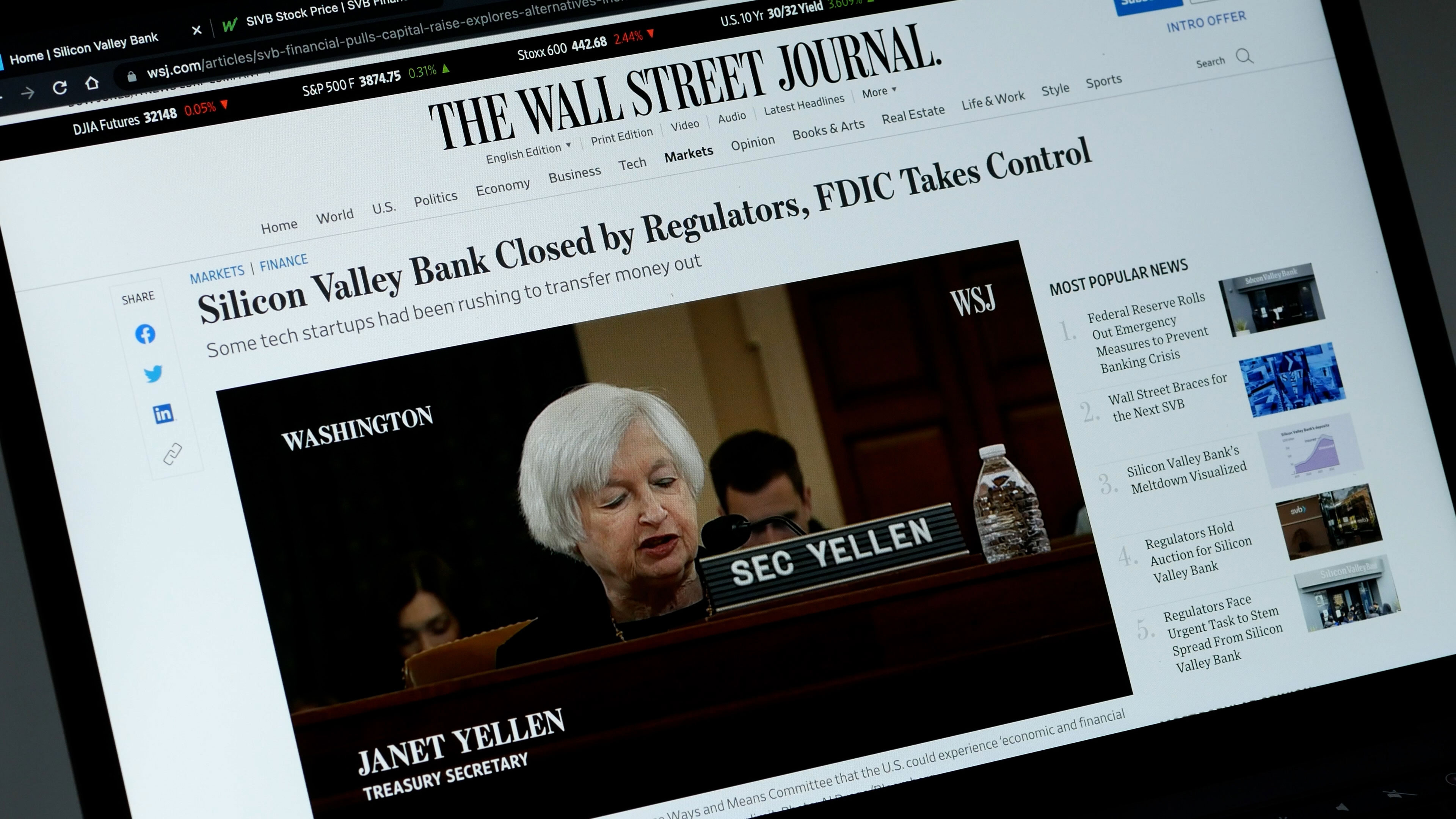Comment
Are the banks in good health? Yes, but moral hazard remains
Fast thinking central bankers have restored confidence in the mid-tier banks, but their cure may help drive a perverse incentive among bankers to take even more risks next time, says Leasing Life editor Alejandro Gonzalez.

Credit: Domenico Fornas / Shutterstock.com
Following the failure in March 2023 of Silicon Valley Bank (SVB) in the US, the wobbles among mid-tier banks, and the shotgun wedding of Credit Suisse and UBS closer to home, two recent reviews of the banking sector suggest that all is well with our banks. But is it?
On March 10, the US authorities handed control of SVB to a bankers’ insurance scheme, the Federal Deposit Insurance Corporation, after depositors rushed to pull out their funds. The bank runs brought down Signature Bank and wiped out more than half the market value of several other US regional lenders.
In the UK, fears that the UK arm of Silicon Valley Bank would also suffer a run were averted by a plan hatched by the Bank of England, the Prudential Regulation Authority (PRA), HM Treasury (HMT) and the Financial Conduct Authority (FCA). The Government proposal – rushed through during a frantic weekend – was to sell Silicon Valley Bank UK to HSBC for £1.
In another scenario, in a deal brokered by the Swiss government, UBS acquired Credit Suisse for about US$3.25bn. Credit Suisse – a megabank with about $1.3 trillion worth of assets under management at the end of 2022 – saw its stock drop by nearly 70% over a week after SVB got into trouble.
A picture of health
Many will welcome the news by Fitch Ratings which suggests “Europe’s major banks are generally well-placed to face market volatility“. Sound fundamentals on the back of solid results for 2022 mean that Europe’s top 20 large banks can “absorb pressure from monetary tightening, which is pushing up funding costs, and should mitigate potential deposit volatility.”
Fitch arrived at these findings by reviewing bank median loans/deposits ratios at the end of 2022.
The banks’ median loans/deposits ratio was 94% at end-2022, close to a five-year historical low. Funding franchises are strong, with high proportions of granular customer deposits covered by deposit insurance schemes. Strong wholesale debt issuance in early 2023 reduces the need to access markets in the near term, according to Fitch.
Meanwhile, a report by GlobalData (the parent company of Verdict, a publishing stable that includes Leasing Life), concludes much the same thing in its review of the aggregate market capitalisation of the top 25 global banks.
Its data analytics review found that “while the markets remain volatile owing to rising global inflation coupled with the US regional banking crisis, the global banking sector saw little impact from the regional banking crisis in the US.”
It measured the global aggregate Market Cap impact to be down 2.5% to $3.2 trillion quarter-on-quarter in Q1 2023.
Murthy Grandhi, a company profiles analyst at GlobalData, said: “Challenges in the global banking sector may take the form of higher interest rates, inflation, and slower economic growth in the coming quarters of 2023. Net interest margin expansion will be smaller than previously anticipated, and volumes will be lower due to tighter credit conditions.”
A perverse incentive
So, should we all breathe a collective sigh of relief?
While the answer for the short-term picture is yes, the longer-term outlook is, I believe, no.
With central banks and regulators in the UK, the US and Switzerland eager to step in to fix cracks in the banking system, what message does this send to bank executives and corporate risk managers with a growing tolerance for risk-taking?
The lesson is that even mid-tier banking is now too big to fail. That regulators and central bank governors are all too keen to step in to rescue the excesses of competitiveness and an over eagerness to lend recklessly.